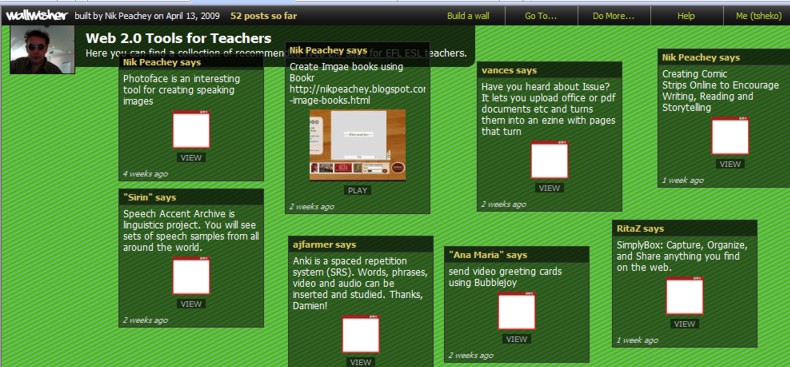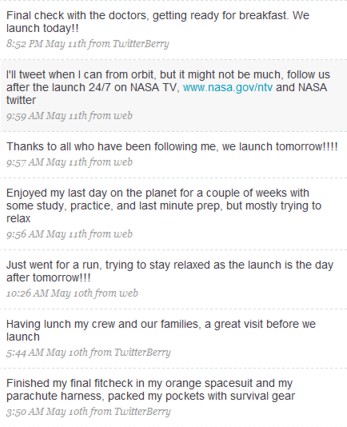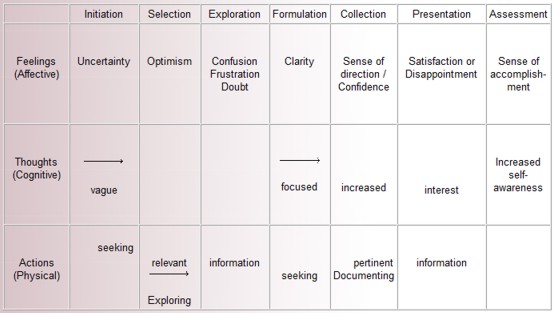It’s a great day when I discover a great blog, or, should I say, a person whose writing reveals someone I would love to meet. Just yesterday I came across Steve Shann’s blog, Birds fly, fish swim, and I don’t think I’ll be able to read anything else until I finish reading his posts.
In his post today, Steve describes what happened when he blasted his Year 11 students for not taking their writing responsibilities seriously on the class ning. The responses that followed in the ning were surprising (to me, at least) and revelatory. Here’s what one student (eloquently) said in this post entitled ‘Play the game’:
…in Years 11 and 12, it’s barely even about the learning at all. … In most subjects, we learn how to pass the exams… how to structure an essay, how to deliver a speech the way they want it, etc. School is all about how you play the game these days. It’s all about doing what you can to get an A, regardless of what you’re learning. … And I guess it does teach you stuff about the real world. Teaches you to try to beat the system, that menial busywork sometimes is what you need to do to do well in life, and, most importantly, no matter how much you hate your job, the best revenge is success.
I don’t think this is what the people who planned this school system had in mind. I guess those guys at the Board of Studies think that the system as it stands is a genuine attempt to educate kids in the subjects they selected for us. Simply put, they’re wrong.
…The reason why we (I) am having trouble with this course at times is because I have been trained to think like that. I do what I can to do well in the HSC. And I think some others in the class (although they may not know it) think the same way. Blogs aren’t marked, so I don’t do them; projects require organised creativity as opposed to just knowing shit, and suddenly I’m confused; Dr. Shann asks for dedication to the course but he can’t put a date or a number on it, so we just don’t try, et cetera, et cetera.
I’ve already vented my dislike of teaching to the test, so I won’t say it again. Instead I’ll pull the same paragraph out of Greg Thompson’s post on his blog, Constructing meaning, as Steve did. Only I’ll include a little more of it because I think it’s worth the read:
Standardized textbooks work nicely for standardized testing. However, they do not do much for the idea that life is a big picture. Integration of content into a whole is hard work. It is far easier to teach a fractured curriculum because the result demanded is a standardized test that seeks the ability to see myopically, one subject at a time. Dr. McLeod is correct. This fractured approach has long been the model for education. The assembly line reality of the industrial age required each worker to do one thing and to do it well. Employee A did not need to know what Employee B did to complete their task five feet further down the line. That worked. Today, standardized testing requires each student to know how to do each thing in exactly the same way in order to produce the same product. The world they live in however, requires them to see the integrated picture. The test does not fit with reality.
I really do think that we must keep in mind the integrated picture when we teach, but it’s not going to happen unless we move things around in our education system, and in the way our classes and curriculum are structured. I can’t blame Steve’s students for not doing anything that falls outside of what is required for the final testing in year 12. Sometimes, when I talk to teachers about changing the way they teach, trying something new or integrating technologies into their curriculum to promote engagement and creativity, they will take on the challenge in the middle years, but the final 2 years of school really are devoted solely to the teaching of content that will get students their final ENTER score. If I were teaching senior years, I’d be torn between feeling responsible for students’ final scores, and wanting to teach skills relevant to the world they were just about to jump into. It’s no doubt possible to do a bit of both, but I don’t think it’s easy, especially when students have been so carefully prepared for the test-readiness game.
Steve closes his post on a positive note. He quotes a student’s reflection which gives hope to teachers looking for evidence of a yearning for learning beyond the test.
English Extension and Studies of Religion are the only classes that allow us to be creative and have a relaxed teaching style that is more about us becoming educated, reflective, well-rounded individuals (if you’ve seen ‘The History Boys’, that is exactly what I’m talking about).
So what I’m saying is, give us a prod every now and then like you did today, because we are trying to untrain ourselves from what we know, or at least I am.
I hope that most students, deep-down, will want their schooling to help them become ‘educated, reflective, well-rounded individuals’, and not only young people whose formative years are summarised and evaluated in the one final ENTER score.




